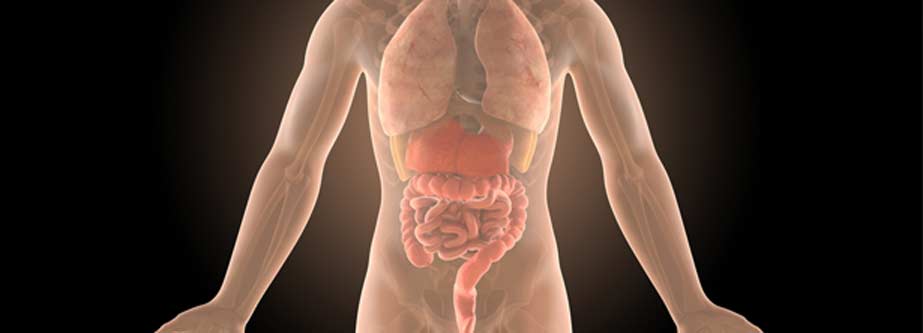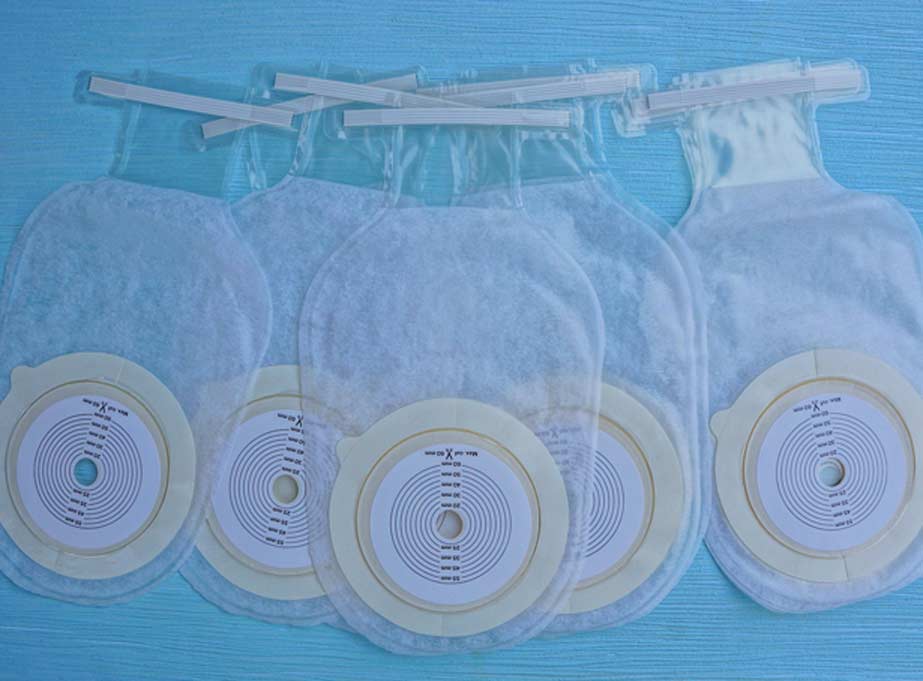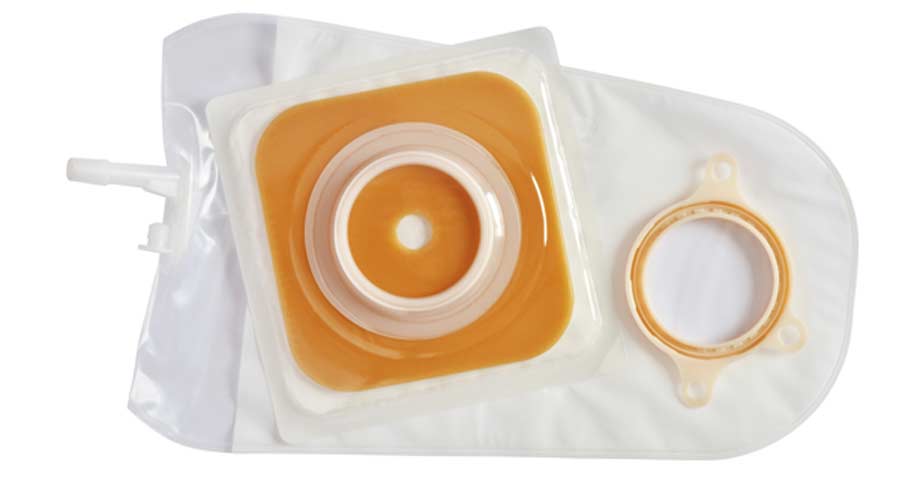
An ostomy is a surgical procedure performed to create an artificial opening, called a stoma, which leads to the outside of the body.
It's often done when there is a serious issue with the urinary system or the certain parts of the digestive system. The opening may be permanent, or it might be temporarily needed until a patient is able to heal. With an ostomy, the main goal is to create a new way for waste to leave the body.
Types of Ostomy Procedures
The organ that's affected could be the colon, small intestine, rectum, or bladder. The way a pelvic structure if affected and the specific structure involved will determine what type of ostomy is performed. There are three possibilities with ostomy surgery: a colostomy, an ileostomy, or a urostomy.
- Ileostomy: With an ileostomy, the lower part of the small intestine, or ileum, is attached to an artificially created opening. This type of ostomy allows the rectum, anus, and colon (large intestine) to be bypassed.
- Colostomy: If a colostomy is performed, the large intestine is attached to the artificial abdominal opening. Doing so allows waste to exit the body without going through the anus and rectum.
- Urostomy: When tubes that take urine to the bladder are attached to an artificial opening, the procedure is referred to as a urostomy. This type of ostomy bypasses the bladder while still allowing urine to exit the body.


Reasons for an Ostomy
An ostomy is sometimes necessary because of congenital abnormalities affecting the pelvic area that may include anorectal malformations. Another common reason to create a stoma is because of issues, such as the need to remove certain tissues or structures, related to colon, bladder, or rectal cancer. Children with spina bifida sometimes have related abnormalities that require the need to create an artificial opening for waste. Other possible reasons for an ostomy include:
- Obstructions affecting urine tubes – ureters or the urethra
- Crohn's disease and other inflammatory bowel diseases
- Serious abdominal trauma or penetrative wounds
Life After an Ostomy
If an ostomy is temporary, the opening will be closed after the affected structures have healed. Voluntary control of bowel movements is lost with either a colostomy or ileostomy. With a urostomy, urination processes will not be controllable. All types of an ostomy involve the use of a bag or pouch that's attached to the abdomen. After the procedure is performed, patients are usually given instructions on how to care for their stoma, how to empty the bag, and how to avoid skin irritations and other issues that may affect the skin around the artificial opening. There are also different pouching systems available to fit different lifestyles.
Having an ostomy doesn't mean you'll be limited in your activities, or even with what you wear – there are specially designed ostomy clothes and swimwear, although it's also possible to wear normal clothing that's comfortable. If you'll be going on a trip, bring along some extra ostomy supplies and you should be fine. If you are self-conscious about your bag, there are ways you can minimize its appearance, such as emptying the bag when it's a third of the way full, or using a pouching system that's designed to be less noticeable.

